What is Operation London Bridge? Here are the protocols in place now that the Queen is dead

LONDON, ENGLAND: Queen Elizabeth is under medical supervision at Balmoral and doctors have expressed their concerns regarding her health. Whenever the British monarch dies, a set of protocols will ease the process of transferring power to Prince Charles. These protocols have been dubbed “Operation LONDON BRIDGE”.
Last year, a set of documents revealed by Politico brought out the secretive plan of the UK government on what will happen in the days after the death of Queen Elizabeth II.
ALSO READ
In a report by The Independent, the documents explained details of what will happen during the 10 days following the Queen’s death. It also listed all aspects that include where her coffin will go, how the prime minister will publicly address the news, and how Prince Charles will spend his first few days as King.
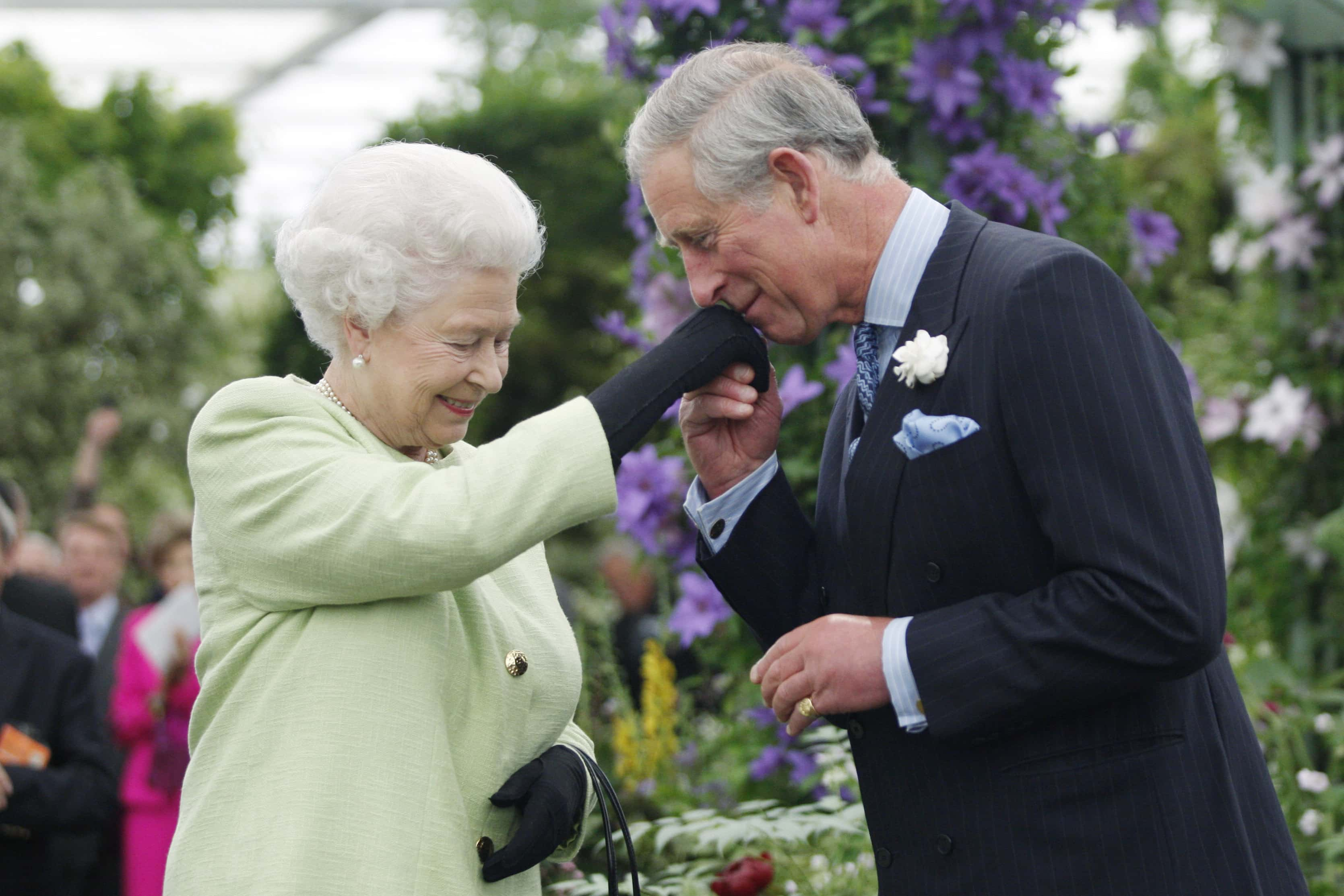
What is D-Day and the initial process?
The day that the Queen dies will be called D-Day, while every day afterward will be referred to as D+1 and D+2, and so on. In the first hours after the Queen’s death, a “call cascade” will happen to inform the prime minister, the cabinet secretary, and the most senior ministers and officials. The Queen’s private secretary will be primarily responsible for informing the news to the prime minister. The secretary will also hold the responsibility to inform the Privy Council Office, which coordinates government work on behalf of the monarch.
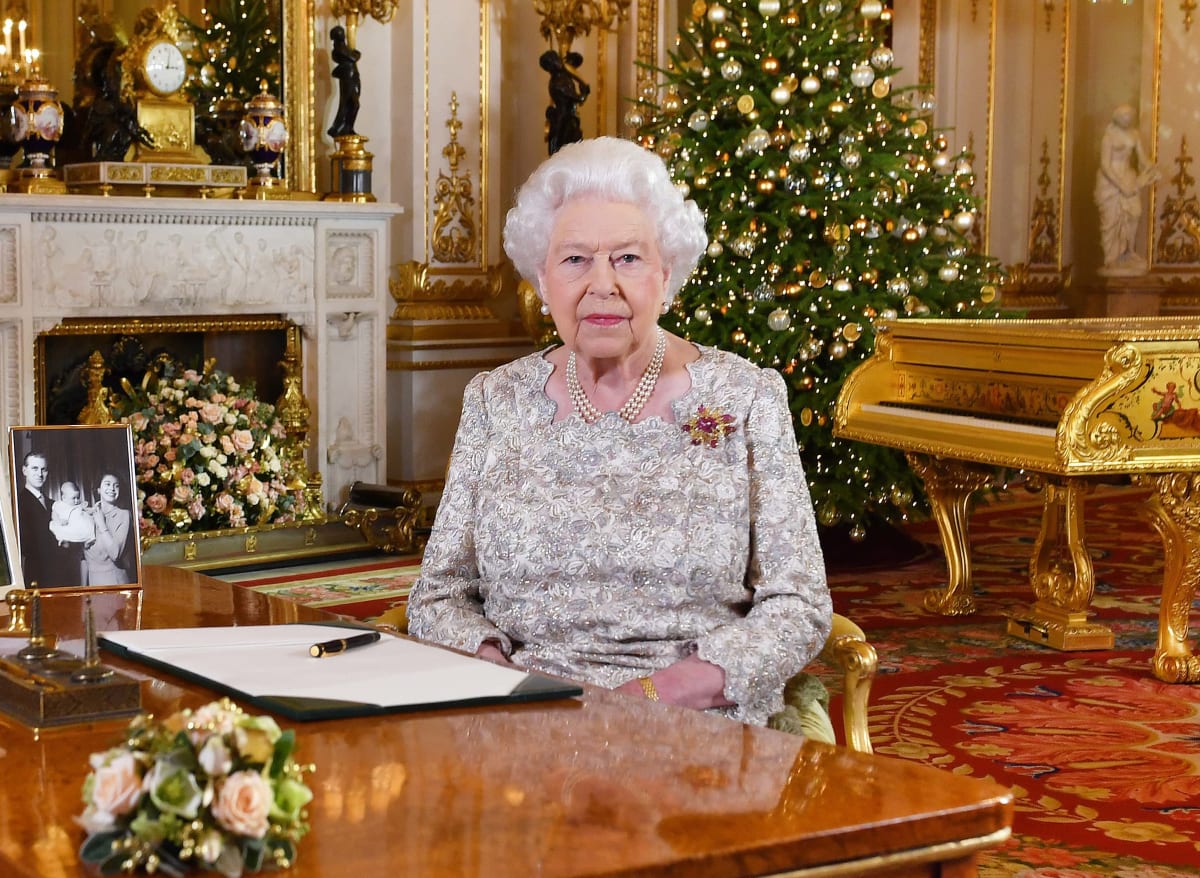
Departmental secretaries will also be given a script in order to inform other government ministers. Later, the cabinet secretary will send an email to senior civil servants. Meanwhile, once the mail is delivered, flags across Whitehall will be lowered to half-mast. The royal family will then declare the death through official notification to the public. The information will also be announced on flights therough the pilots. A national minute’s silence will take place on the same day. Gun salutes will be organized at all saluting stations by the Ministry of Defence. There will be a “spontaneous” remembrance service held at St Paul’s Cathedral in London with the prime minister and a few senior ministers in attendance.

Reporting Monarch's death on media and response by the government
BBC has always been the first outlet to break the news on any royal deaths. However, in recent times major news agencies including PA Media (previously Press Association) have been active in giving out the news. Meanwhile, if the Queen’s death is expected the news will spread via the main TV channels first, with all BBC channels being interrupted to show the BBC One feed which will broadcast the story. In the case of the government, the UK parliament will adjourn, as will devolved legislatures in Scotland, Wales, and Northern Ireland. The prime minister will then make a statement. Meanwhile, no other members of the UK government will be granted permission to make any kind of statement before the prime minister's statement.
The prime minister will then have an audience with the new monarch, King Charles. MPs will later offer tributes to the Queen in the House of Commons the day after the Queen’s death. Parliamentary business will be suspended for the next 10 days.
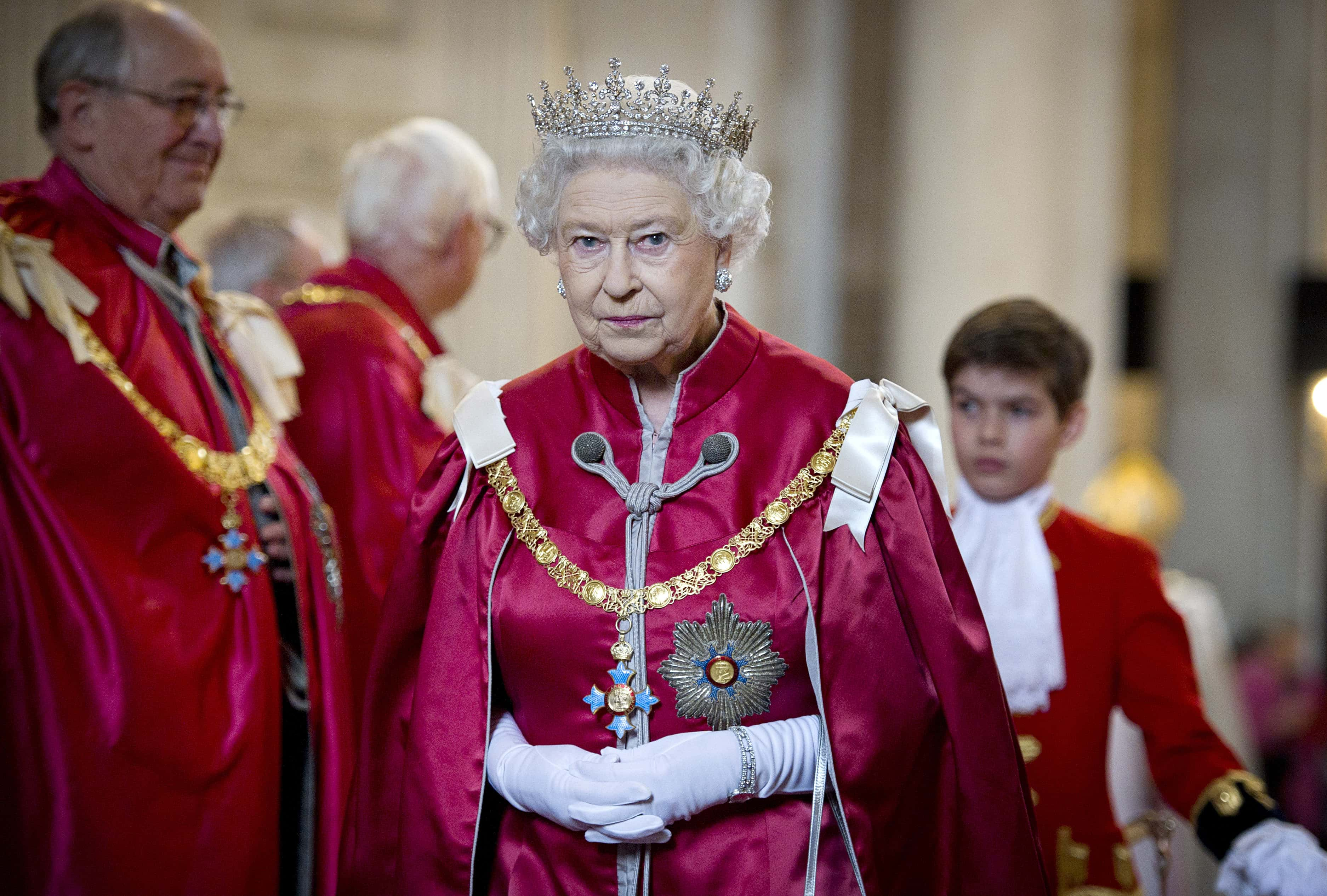
When will the funeral take place?
The royal family will be the authority to announce plans for the funeral of the Queen, which will most likely take place 10 days after the Queen’s death. It will take place at Westminster Abbey where there will be a national two-minute silence on the day at midday. Processions will be held both in London and Windsor, with a committal service taking place at St George’s Chapel. The Queen will be buried at the King George VI Memorial Chapel in Windsor.
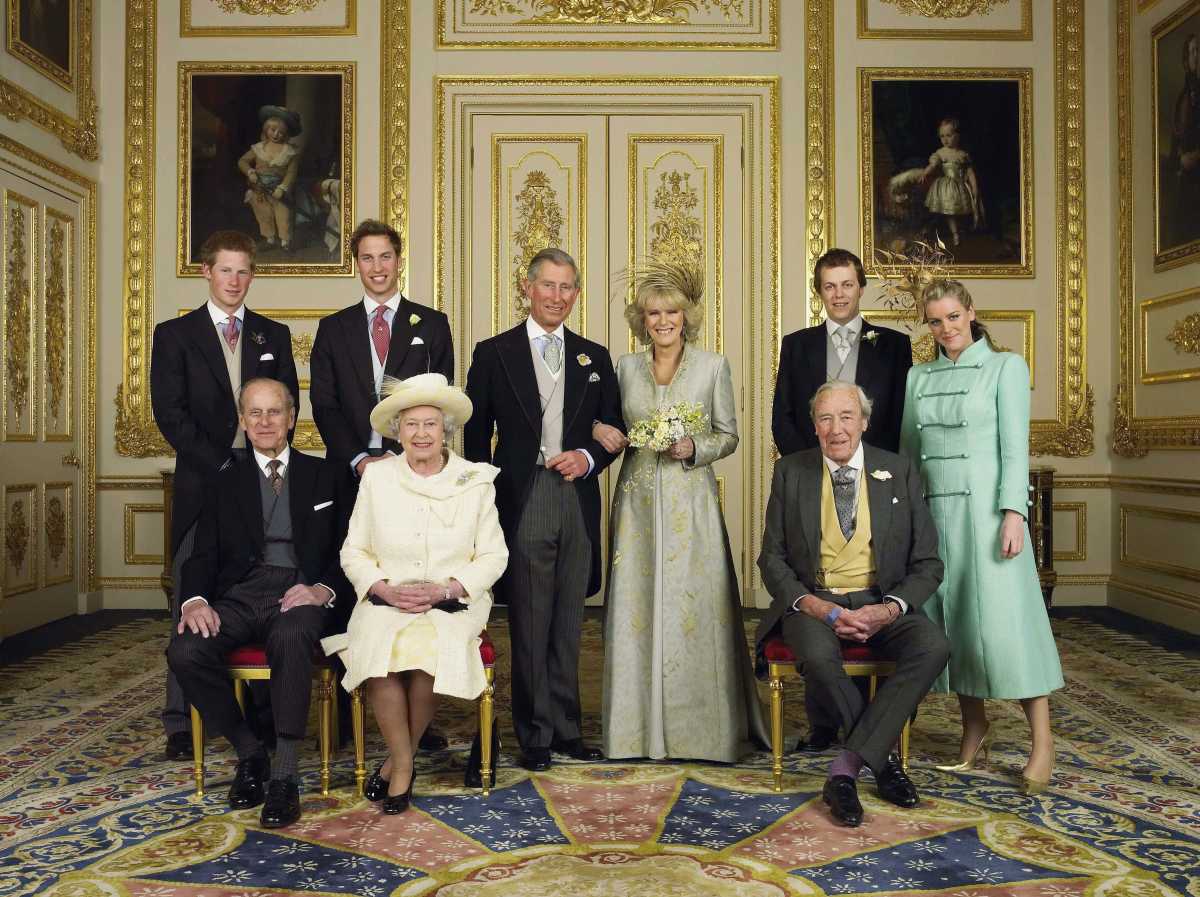
What will happen to the Queen's coffin?
The decision on what to do with the Queen's coffin will totally rely on where she dies. If the monarch dies at her residence in Norfolk, Sandringham, documents reveal that her body will be taken by royal train to St Pancras station in London, where it will then be brought to Buckingham Palace. If the Queen takes her last breath at Balmoral in Scotland, her body will be taken down to London by royal train. This is termed as part of an operation known as “Unicorn." If the body can not be taken by train due to some situations, it will be taken by plane. However, in both scenarios, the coffin will be welcomed by the PM and senior ministers.
D-Day +4 and D-Day+5
On D-Day+4, there will be a rehearsal for the procession of the coffin from Buckingham Palace to Westminster. Meanwhile, the actual procession will take place on D-Day+5 and will be followed by a service at Westminster Hall. Further, the Queen will then be at Westminster for the next three days. This whole process is termed Operation Feather.
What are the code names for the royal family members?
Code names for royal deaths were brought in to prevent the news of the death of a royal family member leaking to other sources before the official announcement. Earlier, arrangements for the Queen Mother’s were codenamed "Tay Bridge". Prince Philip’s death was termed “Operation Fourth Bridge”. Meanwhile, the codename for Prince Charles is "Menai Bridge".
There will be a significant change in the titles of the family members after the Queen passes away. In addition to Prince Charles becoming King Charles, the Duchess of Cornwall will become Queen Camilla. There are also possibilities that the Duke of Cambridge will then become the Prince of Wales. Meanwhile, Prince Charles may also be provided with a chance to change his name upon ascending to the throne. This means he could be known as King Arthur, Philip, or George.
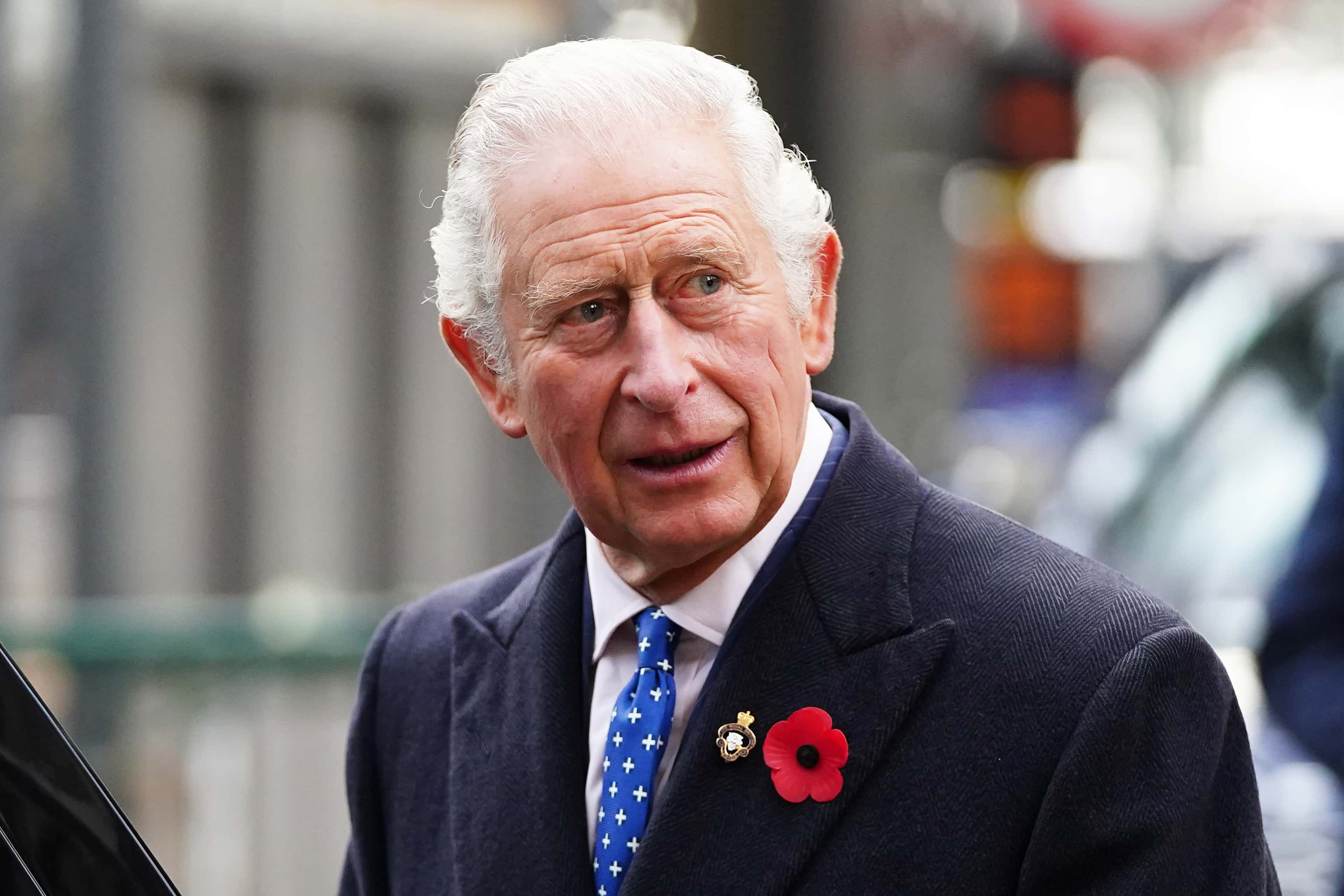
When will Prince Charles ascend the throne?
The day after the Queen’s death, which is known as D-Day+1, the Accession Council will gather at St James’ Palace to proclaim Prince Charles the new sovereign. There will be about hundreds of people in attendance, including the prime minister and senior government ministers. All of them will be wearing mourning dresses or lounge suits with black or dark ties. As per the documents, the cabinet and the PM will hold an audience with King Charles at exactly 3.30 pm. Later, on D-Day+3, he will receive the motion of condolence at Westminster Hall. As a first duty, he will make a visit to the Scottish Parliament and then head to Northern Ireland and receive a second motion of condolence at Hillsborough Castle
Monarch's death on social media
All government departmental social media pages will post a black banner on the occasion of the Queen’s death. The profile pictures shall be set to their departmental crest. On Twitter, retweets will be banned unless they are approved by the central government head of communications. The royal family’s website will also update with a black holding page complete with a short statement confirming the monarch’s death.










